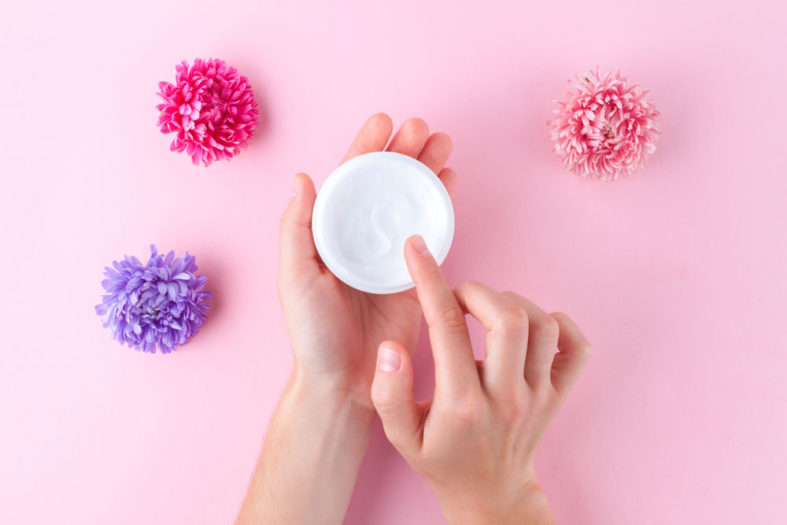
Before & during menopausal phase, it is important for a woman to be candid with the doctor about symptoms of vaginal dryness and discuss the best treatment options to improve quality of life.
Prior to menopause, the vaginal lining appears plump, bright red, and moist. As estrogen levels decline, the lining of the vagina becomes thinner, drier, light pink to bluish in color, and less elastic. This is a normal change that is noticed by many perimenopausal and postmenopausal women.
Vaginal symptoms such as itching, dryness, or pain with sexual intercourse indicates that a woman is suffering from vaginal dryness and vaginal atrophy. Other causes include taking certain medications (e.g., allergy/cold drugs and some antidepressants), douching, Sjögren’s syndrome (an autoimmune disorder) and birth control pills.
How to Overcome?
Hormone therapy (HT) or hormone replacement therapy (HRT) or postmenopausal hormone therapy (PHT) is effective in treating vaginal dryness/vaginal atrophy. It has been shown to effectively reduce vaginal dryness as well as help control hot flashes associated with menopause. However, HT carries its own risks which your gynaecologist will inform you.
- HT may be administered trans-dermally (patches or sprays from which the medication is absorbed through the skin). Transdermal estogens enter the circulation directly. Oral estrogen products must first pass through the liver from the stomach. Since transdermal hormone products do not have effects on the liver, this route of administration has become the preferred.
- Bio-identical hormone preparations have also become popular and come with hormones having the same chemical formula as those made naturally in the body. They are produced in a laboratory by altering compounds derived from naturally occurring plant products.
- There are also local, topical (meaning applied directly to the vagina) low-dose hormonal treatments for the symptoms of vaginal dryness and vaginal atrophy. Local treatments include the vaginal estrogen ring, vaginal estrogen cream, or vaginal estrogen tablets. Local (vaginal) estrogen treatments can be very effective in reducing vaginal dryness while having a minimal side-effect.
- There is also a product for vaginal dryness that consists of a daily pill which contains a selective estrogen receptor modulator (SERM). These are theoretically safer than estrogens and can be alternative for some patients.
- Vaginal moisturizing agents such as creams or lotions (for example, K-Y Silk-E Vaginal Moisturizer or KY Liquibeads Vaginal Moisturizer) are useful. Lubricants during sexual intercourse are non-hormonal options for managing the discomfort of vaginal dryness.
Note: Applying Betadine topically on the outer vaginal area and soaking in a sitz bath or soaking in a bathtub of warm water may be helpful for relieving symptoms of burning and vaginal pain after intercourse.
Always consult your doctor before taking any medication.